Ears are an interesting feature of animals, from the big to the small to the oddly shaped; they come in many different shapes and sizes depending on the animal they belong to. Have you ever seen an animal with big ears? Let’s look at some of the animals with the biggest ears in the world!
Bat-Eared Fox
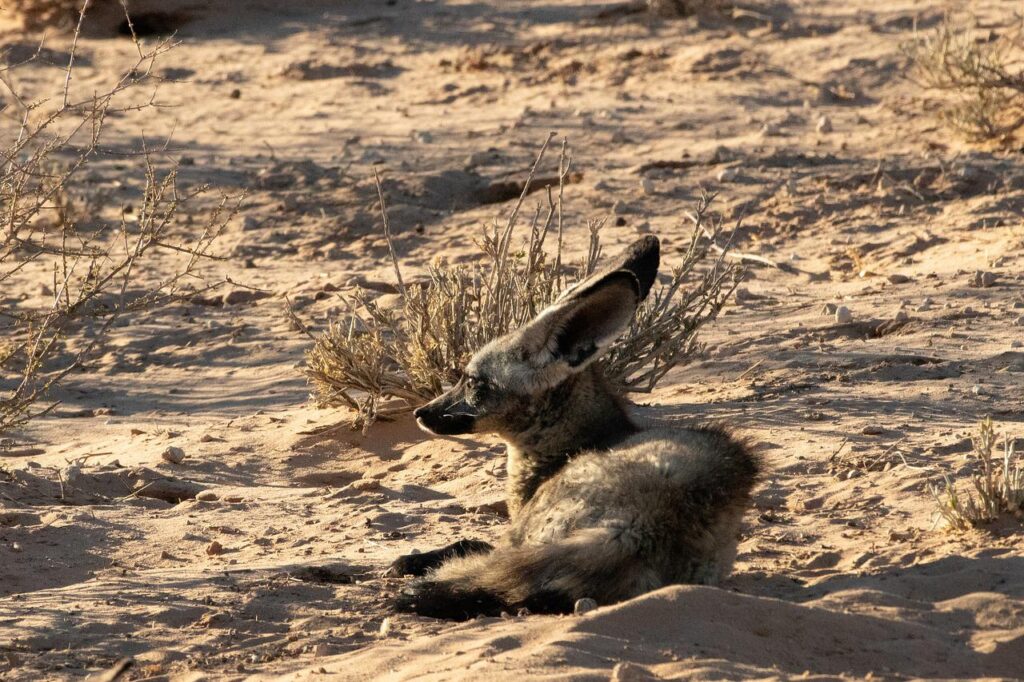
The bat-eared fox is a small canid found in Africa. As its name suggests, its most distinctive feature is its large ears, which are about 6 inches long. With help from their well-developed whiskers, these big-eared creatures use them to find food in dark burrows and dens under rocks. The bat-eared fox uses its big ears to listen for insects hidden underground. Once it hears something, it uses its long snout to dig them up.
Donkey (Equus Africanus Asinus)

The donkey is a domesticated member of the Equidae horse family. For at least 5000 years, donkeys have been used as working animals. Donkeys are adapted to carrying heavy loads over long distances. They are brilliant and can learn simple tricks. Donkeys are also known for their big ears, up to 20 inches long!
Caracal
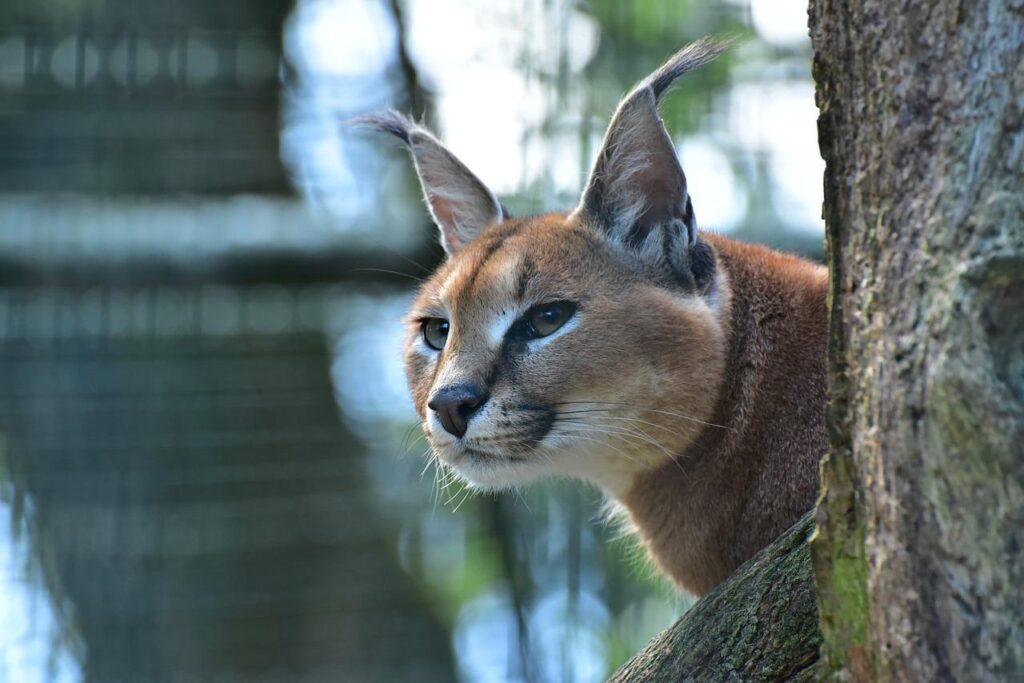
The Caracal is a wild cat that lives in Africa and Asia. It’s most notable for its long, black-tufted ears. These big ears help the Caracal to hear its prey, even when it’s far away. The Caracal is an excellent hunter and can take down animals as large as gazelles.
Brown Rat or Norway Rat
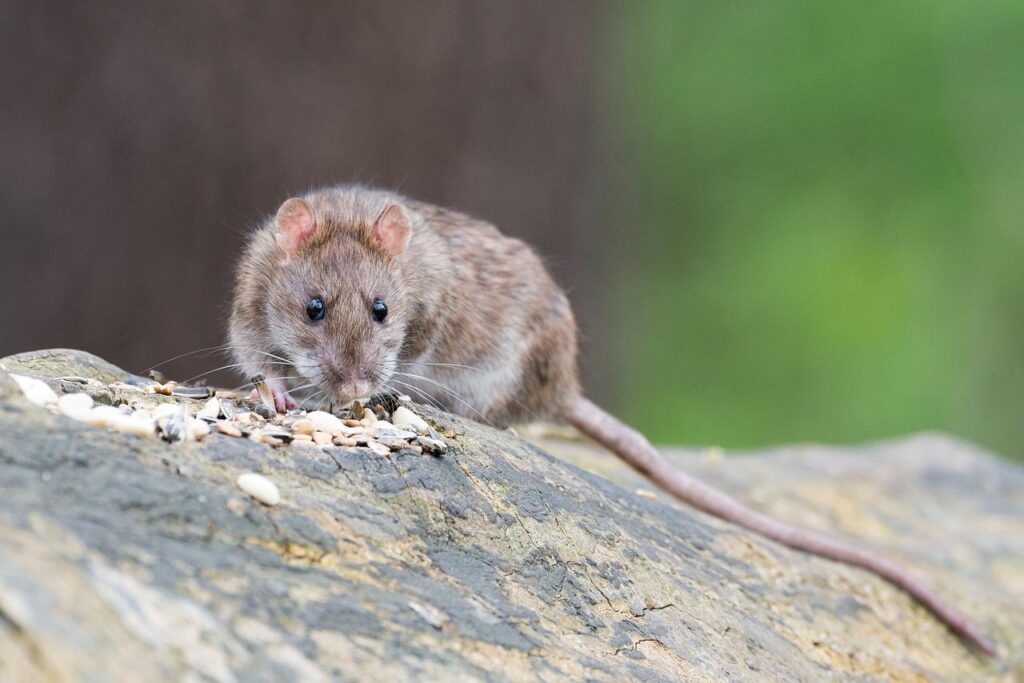
The brown rat, also known as the Norway rat, has some of the biggest ears relative to the body size of any animal in the world. These big ears not only help the rat to hear predators and other threats, but they also help to regulate its body temperature. Brown rats are found all over the world and are considered to be one of the most successful mammal species on earth.
Fennec
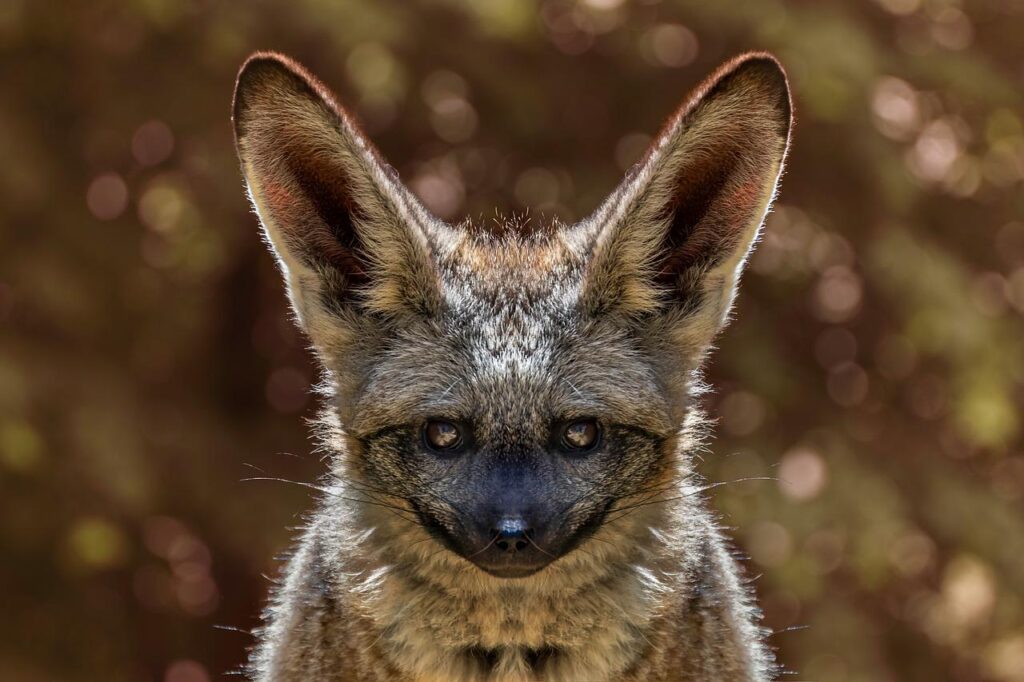
The fennec is a small nocturnal fox found in the Sahara Desert. Its most notable feature is its large ears, which can be up to 6 inches long! The fennec uses its big ears to help it hear prey, even when buried under the sand.
California Hare

The California hare, also known as the white-tailed jackrabbit, has long hind legs and big ears. It’s found in western North America and is the largest species of hare in the region. The California hare can reach up to three feet in length and weigh up to 14 pounds. Its big ears help it regulate its body temperature and give it an excellent hearing.
Anglo-Nubian Goat

The Anglo-Nubian goat is a large animal with big ears. It is a popular pet and is used for its milk and meat. The Anglo-Nubian goat is also known for its friendly disposition and its ability to adapt to different climates. The goat’s large ears help it to stay cool in hot weather and keep warm in cold weather. The Anglo-Nubian goat is popular for 4-H projects and dairy Goat shows.
Serval
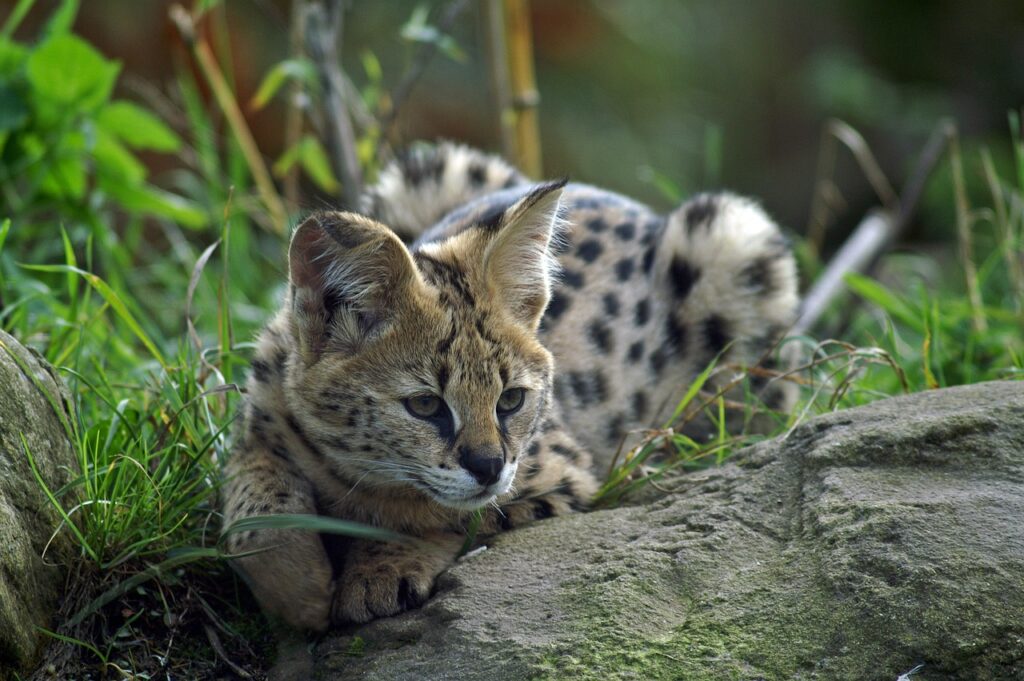
The Serval is a wild cat that lives in Africa. It is known for its big ears, which it uses to help it hear prey from far away. The Serval is a shy creature and is hard to spot in the wild. When it does show itself, it is usually at night when it is hunting for food.
African Elephant

The African elephant is the largest land animal on the planet, and it’s no surprise that they have big ears. Their ears are so big that they can use them to regulate their body temperature. When it’s hot out, the blood vessels in their ears expand to release heat; when it’s cold, the vessels constrict to conserve warmth.
If you’ve ever watched an elephant bathing in a pool of water, you might have noticed that its ears are almost completely submerged. These big ears also serve as natural sponges to help them clean themselves off.
Deer
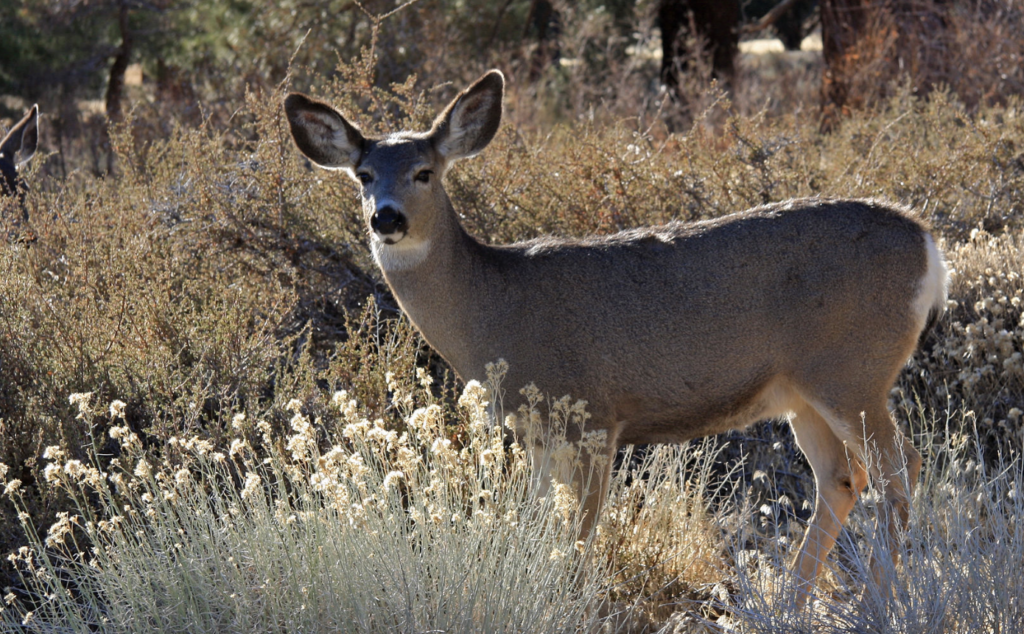
The Hermione deer is a species of deer found in southern India. Its most notable feature is its extremely large ears, which can grow up to 12 inches long! The function of these big ears is still unknown, but they may help the deer to hear predators better or communicate with other members of its herd. Besides its large ears, the Hermione deer looks similar to other species of deer in India. It has a reddish brown coat and antlers that are shed each year. Males and females are about the same size, with males weighing between 90 and 100 pounds and females weighing between 80 and 90 pounds.
Basset Hound

The Basset Hound is a long-eared breed of dog. The ears are low-set and hang down close to the head. They are also very long, often reaching the ground when the dog is standing. This big-eared breed is gentle, loyal, and affectionate. Plus, they make great family pets.
Greater Kudu
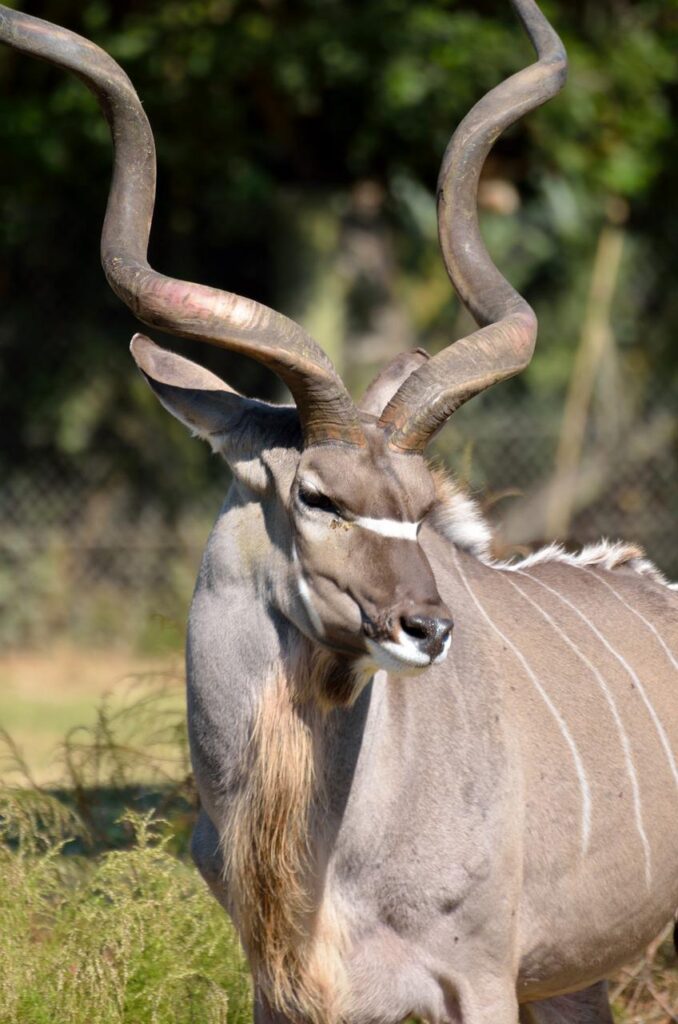
The greater kudu is a large antelope with spiral horns and a striking appearance. It’s native to Africa and is characterized by its long, narrow face and big ears. Males can grow to be 6.5 feet tall at the shoulder and weigh up to 1,200 pounds. Females are smaller, but they still boast impressive antlers.
European Hare

The European hare has big ears that help it to hear predators and escape danger. The hare’s long ears also help it to regulate its body temperature. In the winter, the hare’s ears are covered in fur to keep them warm. In the summer, the hare’s ears are covered in a thin layer of skin to help keep them cool.
If you look closely at a European hare’s ears, you’ll notice they aren’t completely round like other animals’ ears. Instead, they resemble a heart shape and have a flattened part. The European hare can move its big ears independently of each other and even rotate them 180 degrees! This is because European hares communicate using their long ears, calls, and body language. This allows them to communicate in private without alerting predators that are nearby.
Red Kangaroo
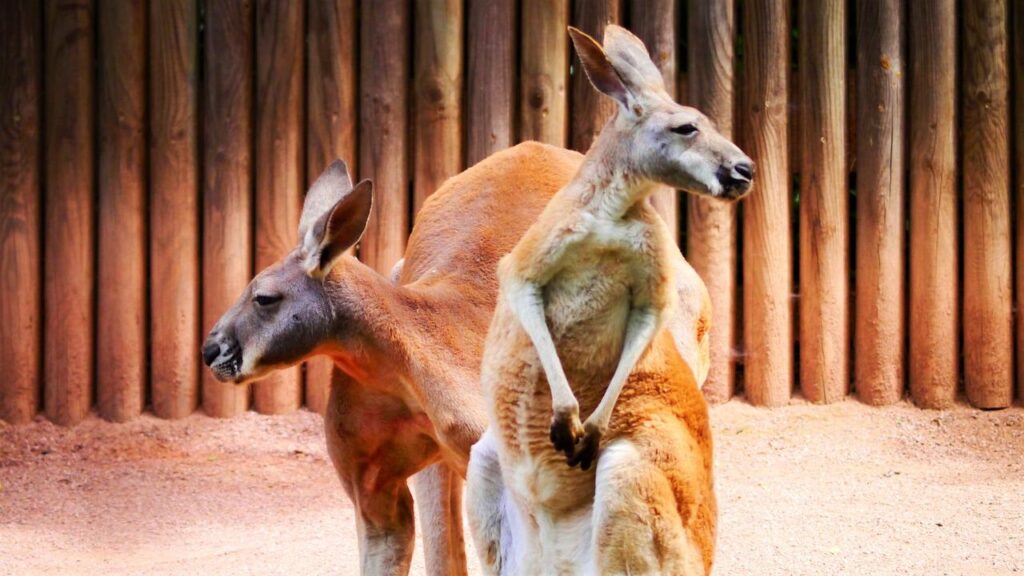
The red kangaroo is the largest marsupial in the world. Male red kangaroos can grow up to six feet tall and weigh over 200 pounds. But it’s their ears that are really impressive—they can be up to 12 inches long! Red kangaroos use their big ears to help regulate their body temperature. They open up their ear flaps when it’s hot out to release heat. And when it’s cold, they close them up to trap warmth.
Gerenuk
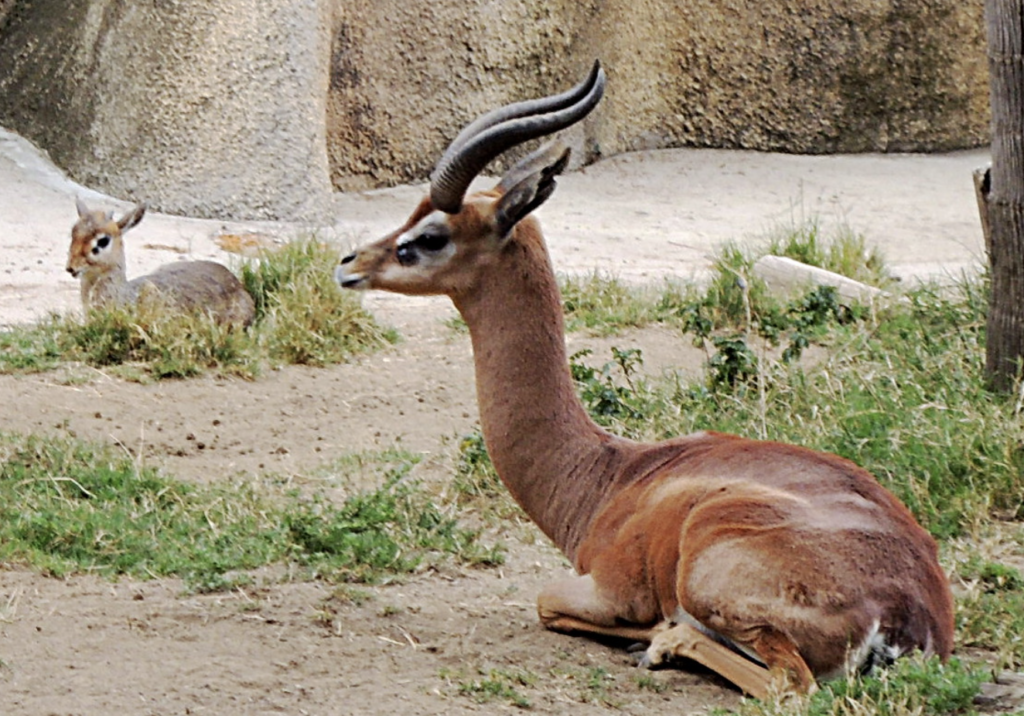
The gerenuk is a long-necked antelope native to Somalia, Ethiopia, and Kenya. These animals are characterized by their extremely long necks, legs, and big ears. Males can grow to be about three feet tall at the shoulder, while females are typically a bit smaller. Gerenuks are mostly brown or reddish in coloration, with lighter undersides. One of the most interesting things about these animals is that they can go for long periods without drinking water; they get most of the moisture they need from the plants they eat.
Patagonian Fox
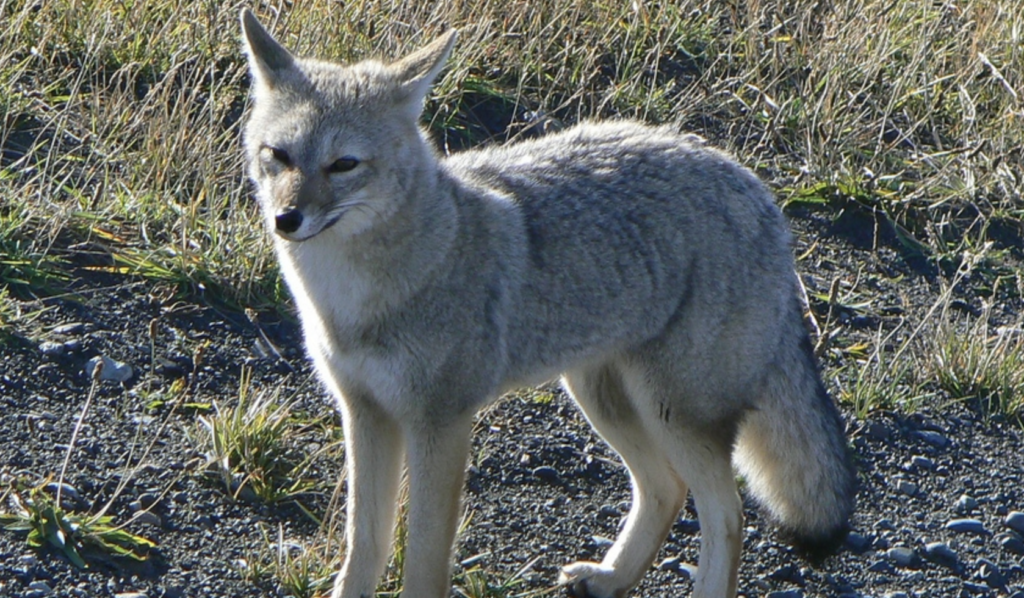
The Patagonian fox is a small- to medium-sized canid found in southern Chile and Argentina’s arid, mountainous regions. It has a light brown coat with a reddish tinge on the back and sides, and its belly and chest are white. The most distinctive feature of this fox is its large ears, which are black on the back and have a white spot on the inside. These big ears help the fox to hear prey from long distances away.
Jackrabbit
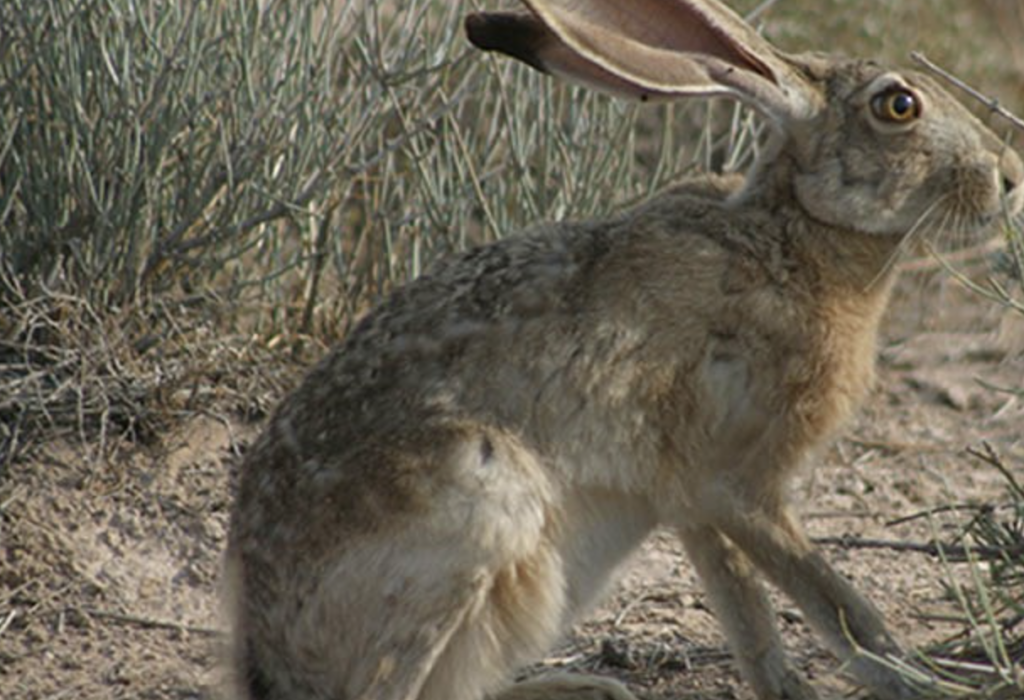
The jackrabbit has long been associated with big ears. Their ears are so big that they can be up to 10% of their body size! The largest recorded jackrabbit was nearly 2.5 feet long and had ears over a foot long! While the average jackrabbit is only about half that size, its ears are still impressively large.
Long-Eared Owl
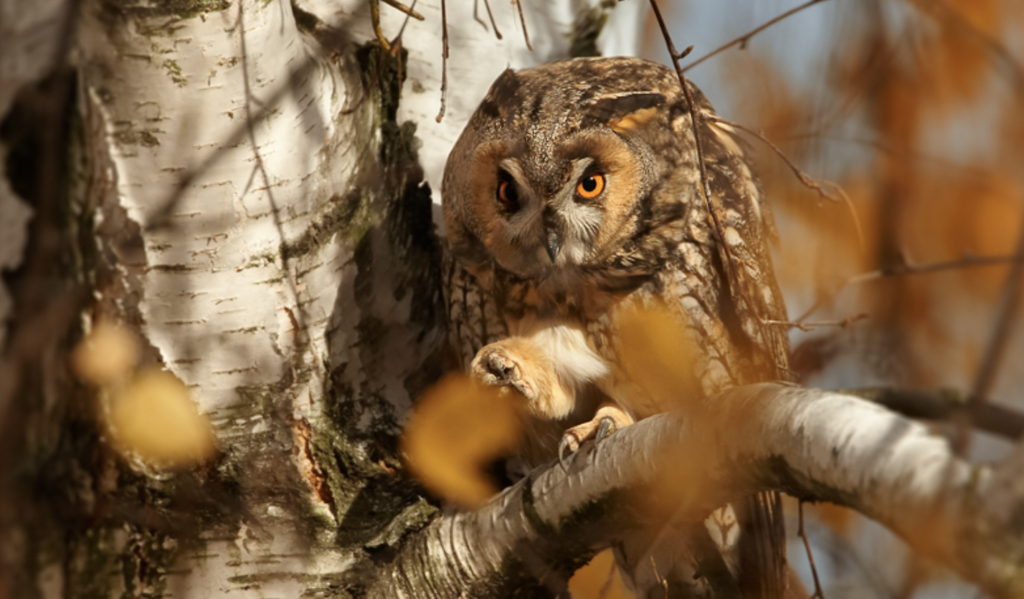
The long-eared owl is a nocturnal bird of prey with big ears. The ear tufts are not ears but feather extensions that help the owl camouflage itself. The long-eared owl has excellent hearing, which it uses to locate its prey. The owl swoops down on its prey and kills it with its sharp talons.
BloodHound

The Bloodhound’s ears are so big that they not only help the dog to hear better but also help to cool its body down. The Bloodhound’s ears are also very long and droopy, making the dog look sad. But don’t let those big ears fool you – the Bloodhound is a friendly and gentle dog.
Koalas
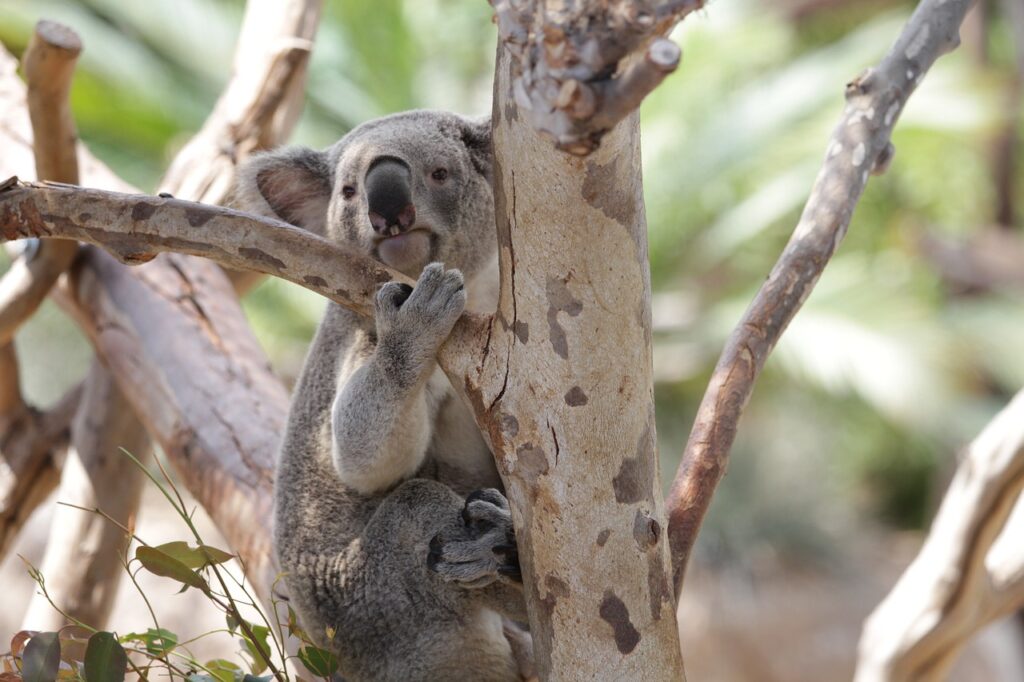
These fuzzy marsupials are native to Australia and are easily recognizable by their round heads and large, furry ears. Koalas use their big ears to listen for predators and other dangers and keep cool in the hot Australian climate.
